When it comes to fencing, there are a lot of choices that you have to make. Not only do you have to decide on the material you want your fence to be made out of, but you also have to choose the style of the fence. For example, do you want a horizontal fence or a vertical fence? It’s a tough choice to make, but luckily we are here to help.
Horizontal Fence Vs. Vertical Fence – At a Glance

Here’s a tabular format summarizing the differences between a horizontal fence vs vertical fence.
| Feature | Horizontal Fence | Vertical Fence |
| Appearance | More modern and stylish | More traditional and classic |
| Privacy | Less private, as people can see over the top of the fence | More private, as people cannot see over the top of the fence |
| Security | Less secure, as people can easily climb over the fence | More secure, as people cannot easily climb over the fence |
| Durability | Less durable, as the boards are more likely to warp or rot | More durable, as the boards are less likely to warp or rot |
| Cost | More expensive, as more materials are required | Less expensive, as less materials are required |
| Installation | More difficult to install, as the boards need to be attached at an angle | Easier to install, as the boards can be attached vertically |
| Maintenance | Requires more maintenance, as the boards need to be stained or painted more often | Requires less maintenance, as the boards do not need to be stained or painted as often |
| Best use | For decorative purposes or to create a sense of privacy | For security purposes or to keep animals out |
Horizontal Vs Vertical Fence- A Detailed Guide
Vertical Fences – Things We Love and Things We Don’t
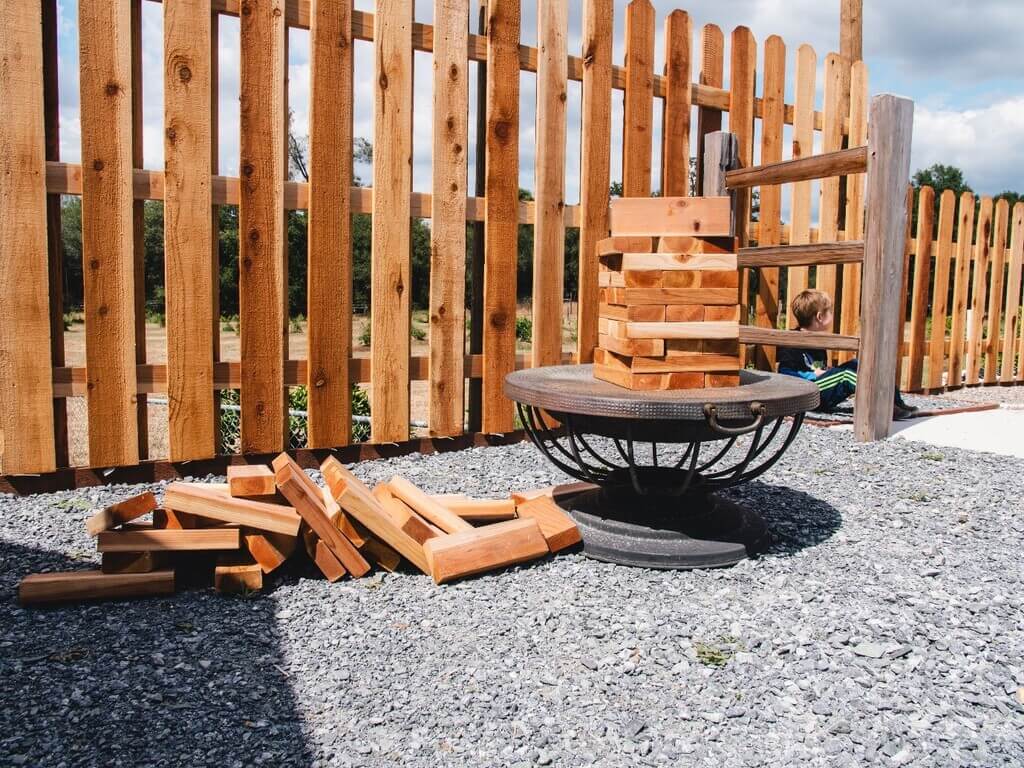
Vertical fences do not deform over time because the fence boards are perpendicular to the ground. This type of fence is ideal for hilly or otherwise uneven terrain, as the fence can be molded as stairs to follow any contour.
The smaller 8-foot fence post distance indicates that fewer posts are needed than regular fences. If the ground is level, prefabricated fence panels in sizes 8 feet by 6 feet are feasible.
Although a vertical fence requires fewer posts, it will require more two-by-fours for the stringers. Additionally, the fence stringers may weaken over time and sag. Contrary to popular belief, the most weather-sensitive area of a fence board is its end. ‘Vertical fences’ boards have their ends turned up and exposed to the elements.
Pros:
- Sturdy: With the fence boards placed vertically, the fence is less likely to fall down due to gravity.
- Works well on the sloped ground: The vertical orientation of the fence boards means that they can be made to resemble steps to match the ground’s contour.
- Fewer posts needed: You will need lesser posts than horizontal fences because an 8-foot fence would cover it all.
- Pre-made panels available: You can use readymade panels to your custom size for quicker vertical fence installation.
Cons:
- Need more stringers: Though a vertical fence requires fewer posts, it will need more stringers. Additionally, the stringers may lose some of their strength and lose shape over time.
- Ends of boards are prone to weather atrocities: The ends of fence boards are the most vulnerable to weathering, contrary to popular belief. This is because the ends of boards with vertical fences are turned upward and exposed to the elements.
- Bulky construction: The vertical orientation of the fence boards means that the fence will be bulkier than a horizontal fence.
Horizontal Fences – Things We Love and Things We Don’t
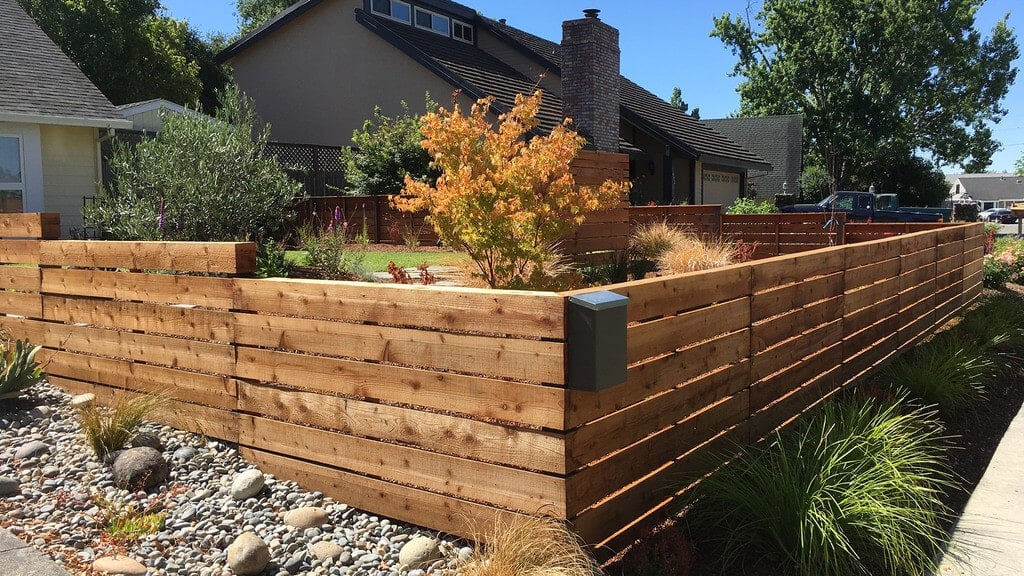
If you’re looking for a modern, clean look for your fence, horizontal fence panels might be the right choice. Unlike vertical fences, which use stringers to hold up the boards, horizontal fences are composed only of posts and boards, making them more affordable.
Horizontal fences are more expensive to construct than vertical fences since the fence boards need a higher grade of timber. They may sag with time, nevertheless. You’ll need one more post every six feet for horizontal rather than vertical fences: one per 6 feet. Horizontal fence boards must be level to be installed on sloping hills.
However, because the boards must be level to look good, they can be challenging to install on sloped ground. You’ll also need one-third more fence posts for a horizontal fence than you would for a vertical fence. But with their clean lines and sleek appearance, horizontal fences are a popular choice for many homeowners.
Pros:
- Clean, modern look: Horizontal fences have a clean, modern look that is becoming increasingly popular.
- More affordable than vertical fences: Horizontal fences are less expensive to construct than vertical fences since they only require posts and boards.
- Level fence boards: The horizontal orientation of the fence boards can be installed on sloped ground.
Cons:
- More posts needed: You’ll need one-third more fence posts for a horizontal fence than you would for a vertical fence.
- May sag with time: Although horizontal fences are less expensive to construct, they may sag over time.
- Difficult to install on the sloped ground: The horizontal orientation of the fence boards can be challenging to install on the ground.
The Basics of Constructing a Fence
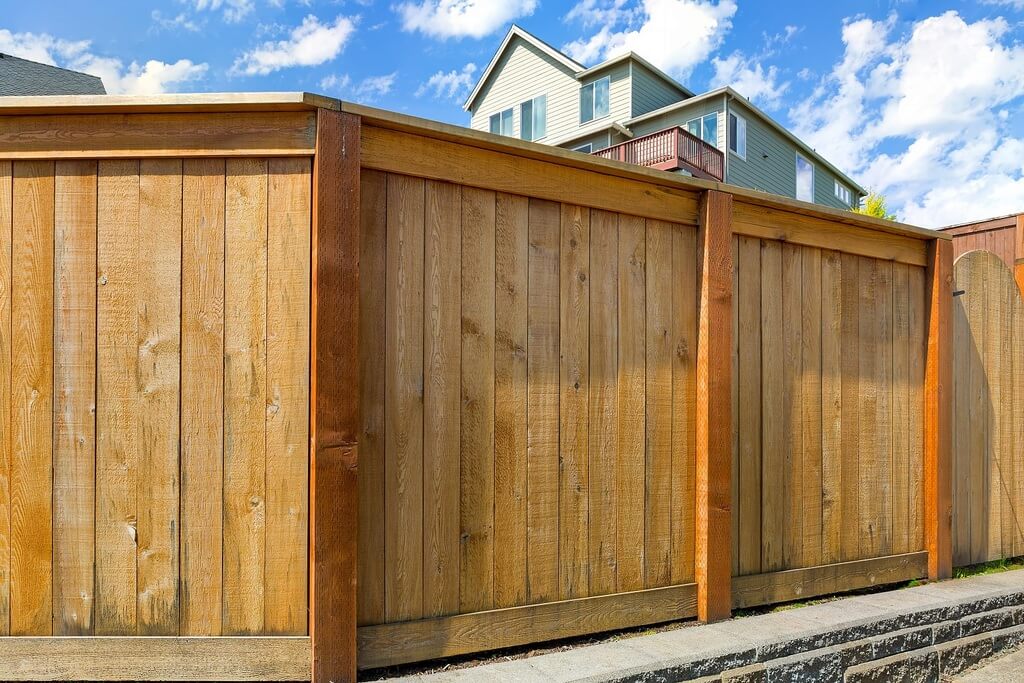
Understanding the basics is essential before deciding between a horizontal or vertical fence. Most fences are composed of two or three different types of boards that are determined by how the boards are oriented:
Fence Post
The post is the four-by-four vertical support for the fence. It is usually made of wood, metal, or plastic. Fence posts for horizontal fences have smaller spaces than those for vertical fences.
Fence Stringer
The stringer is the two-by-four board that runs horizontally along the fence posts. The stringer is attached to the fence posts with nails or screws for a vertical fence. There are no fence stringers in the making of a horizontal fence.
Fence Board
The fence board is the one-by-six or one-by-eight board that makes up the bulk of the fence. Fence boards can be attached to the fence posts in various ways, but they are most commonly nailed or screwed into place.
Which Fence Type Would You Choose, Horizontal or Vertical?
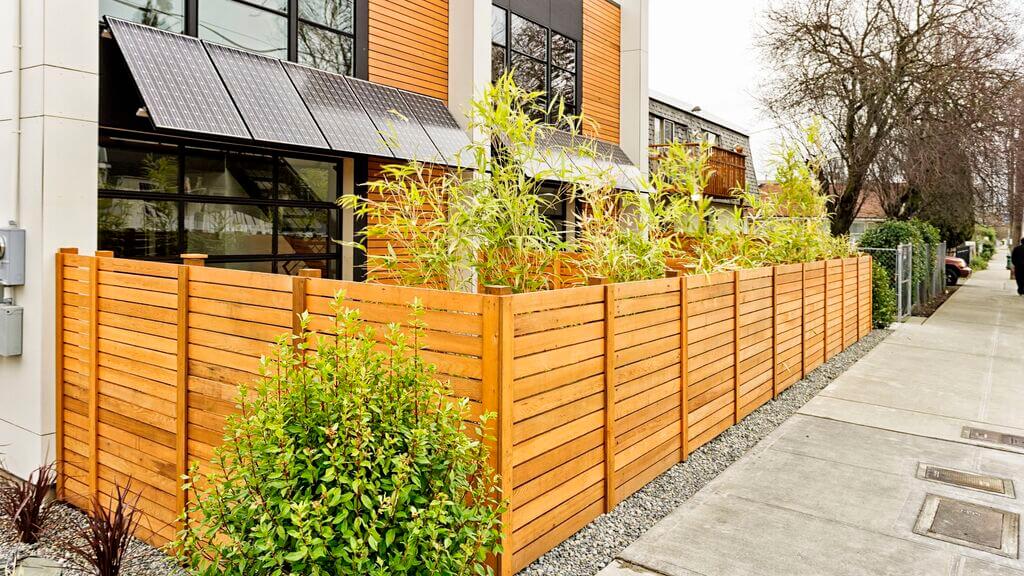
When it comes to fence installation, the type of fence you choose will significantly impact the look and cost of the finished product. In most cases, a vertical fence is less expensive and easier to install than a horizontal fence; however, a horizontal fence may be a better choice for sloped ground or contemporary looks.
For small patios or tight spaces, a horizontal fence can feel less confining than a vertical fence. Ultimately, the type of fence you choose should be based on your budget, installation needs, and desired look.
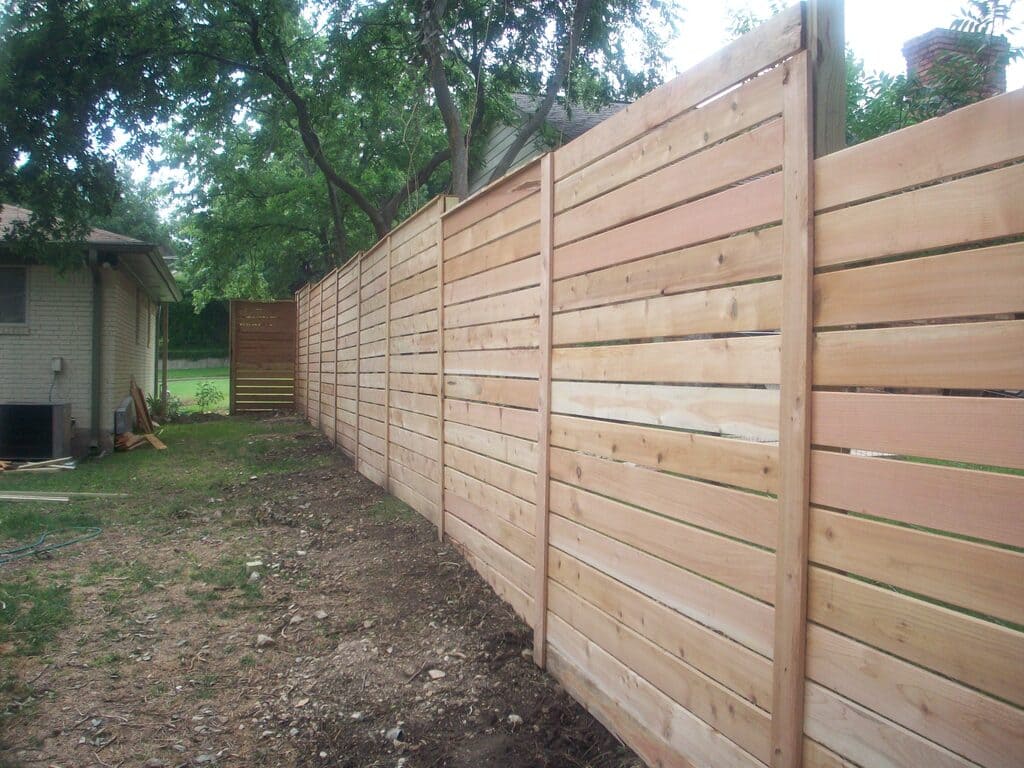
Discover More

